The dynamism and diversity of middle-class Shanghai does not support fear that China’s development, illustrated by the explosive growth of its middle class, is largely the result of state capitalism and wholly negative, Cheng Li writes. Washington should neither underestimate the role and strength of the Chinese middle class nor ostracize and alienate them with policies that push it towards jingoistic nationalism, to the detriment of both countries and the global community. This piece originally appeared in the South Morning China Post.
The rapid emergence and explosive growth of the Chinese middle class is one of the world’s most stunning developments. At the heart of this story is Shanghai. Nowhere in China has this new socioeconomic force been more transformative — and more intriguing — than in this pace-setting city.
The dynamism and diversity of middle-class Shanghai challenges the caricature of the People’s Republic of China as a burgeoning hegemon with a Communist apparatus set on disseminating its singular ideology and development model. China today, as exemplified and led by Shanghai, is also a crucible of change driven by a growing middle class.
Historically, Shanghai is known for its fascinating contradictions. As China’s most Westernized city prior to the Communist revolution in 1949, Shanghai has long served as a “laboratory” for evaluating the impact of transnational forces and the interaction between culture and politics, state and society, and East and West.
Shanghai was not only the cradle of China’s modernization, but was also the birthplace of the Chinese adaptation of communism.
Shanghai’s distinct entrepreneurial spirit and cultural identity (known as haipai culture) quickly gained prominence after Deng Xiaoping’s economic reform and opening up took root in the 1980s and 1990s.
Many of the important changes that have taken place over recent decades — the establishment of a stock market, foreign investment, the rise of private firms, land leasing, property booms, and expansion of higher education — either began in Shanghai or have otherwise affected this born-again city in a deep and enduring way.
These developments have contributed to the birth and growth of a new socioeconomic stratum, the members of which enjoy a middle-class lifestyle with private property, cars, accumulated financial assets, and the financial freedom to travel overseas and educate their children abroad.
In 2018, over 5 million households in Shanghai shared this lifestyle and could be considered middle-class families, constituting 91 percent of the total registered households of the city. According to a 2019 report by the People’s Bank of China, almost all registered families in Shanghai owned residential property.
The average value of household assets among Shanghai residents was 8.07 million yuan (US$1.2 million), with a significant number of families owning two or three properties.
The rapid expansion of the middle class has gradually extended beyond Shanghai and other megacities like Beijing, Guangzhou, and Shenzhen. According to McKinsey, by 2022, the proportion of China’s middle class that resides in these four megacities is expected to be only 16 percent of the country’s total middle class, a drop from 40 percent in 2002.
Overall, the middle class has increased from 15 percent of the country’s population in 2001 to 29 percent in 2020, with forecasts estimating it will reach 41 percent of the population in 2030 (numbering roughly 600 million people).
On the education front, Shanghai is home to an outsized population of foreign-educated returnees in reform-era China. In 2009, for example, more than a quarter of the country’s foreign-educated returnees chose to live and work in Shanghai.
Shanghai’s pioneering role in middle-class development and foreign engagement has become a metaphor for China’s drive to join the “global club” — a symbol of China’s coming of age in the 21st century. The question, however, is how the outside world will assess the impact and implications of this transformation.
The pervasive view in Washington about middle-class development in China is no longer one of hope for positive change but rather one of fear that this development may undermine American supremacy and security. Many believe that America’s long-standing engagement policy towards China has failed on two major grounds.
First, China’s global integration has retained much of what Chinese Communist Party leaders call “socialism with Chinese characteristics” or what critics describe as “state capitalism.”
And second, the premise that American-Chinese cultural and educational exchanges would make China more democratic has turned out just the opposite. Members of the middle class have often been seen as political allies rather than challengers to authoritarian rule.
But these two pessimistic views overlook the complexities and contradictions of China’s ongoing transformation.
Underlying the first pessimistic perspective is a concern that Chinese state capitalism has not only restricted market access for foreign and domestic private firms, but it has also promoted state-owned enterprises through unfair economic practices.
But one can also reasonably argue that Shanghai’s reemergence as an economic powerhouse and cosmopolitan city is first and foremost the result of market reform and opening up, along with factors such as the city’s distinct entrepreneurial and inclusive culture.
Shanghai’s pioneering experiments and major economic initiatives — most notably its stock market, land leases for commercial use, acceptance of foreign joint ventures and wholly foreign-owned enterprises, opening of banking and insurance business to private and foreign financial institutions, and dominance of e-commerce among its private firms — all reflect a remarkable departure from communist or socialist economic practices.
Two parallel and paradoxical evaluations can also be made regarding the political stance of Shanghai’s middle class. China’s nascent middle class tends to emphasize the status quo and is risk-averse in political views and behavior, but this may be only a transitory phase.
The nationwide criticism of the government response to the tragic death of Dr. Li Wenliang, a whistle-blower who exposed the coronavirus at the outset of the outbreak, displayed in part the middle class’ intriguing political role. In this case, Chinese citizens succeeded in pressuring authorities to change course from official vilification to valorization of Dr. Li.
In the past few years, both Chinese nationalism and anti-American sentiment have skyrocketed. But this is largely a reaction not only to Washington hawks who have labelled China as a “whole-of-society threat,” but also to a new McCarthyism targeting Chinese and Chinese-American scientists, as well as growing anti-Asian hate crimes and racism in the U.S.
The Chinese middle-class views of America, however, are neither homogeneous nor fixed.
These nationalistic sentiments coincide with cosmopolitan perspectives and strong concern for climate change, public health, food safety and nuclear nonproliferation, as well as middle-class values such as the protection of property rights, entrepreneurship, government transparency and accountability, and taxpayer rights. These goals are very much in accordance with American interests and values.
Washington should neither underestimate the role and strength of the Chinese middle class nor ostracize and alienate this force with policies that push it towards jingoistic nationalism, to the detriment of both countries and the global community.
The Brookings Institution is committed to quality, independence, and impact.
We are supported by a diverse array of funders. In line with our values and policies, each Brookings publication represents the sole views of its author(s).
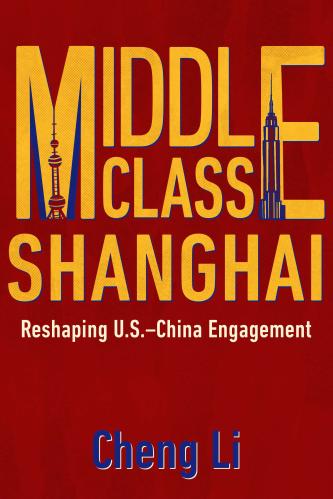
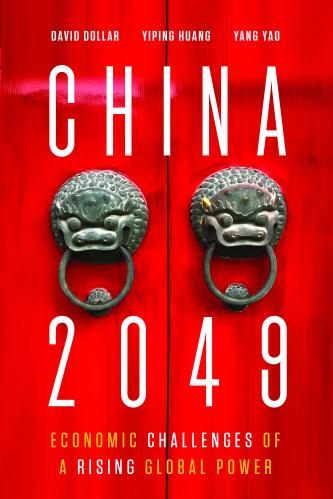
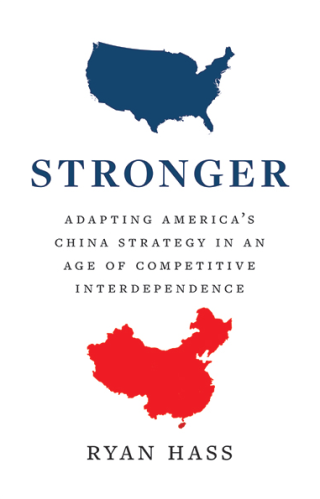

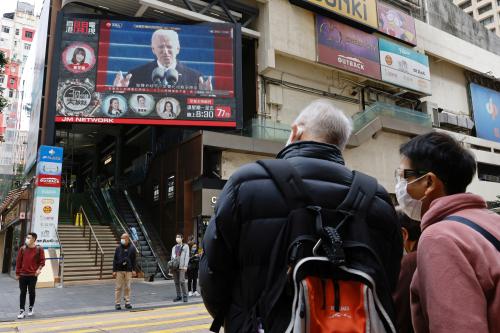
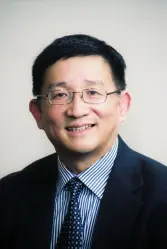
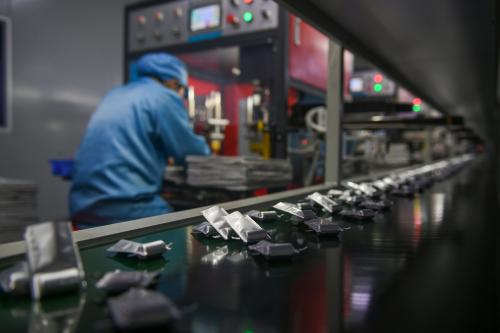
Commentary
Two tales of a city: How middle-class Shanghai reveals China’s unsettled future
May 11, 2021